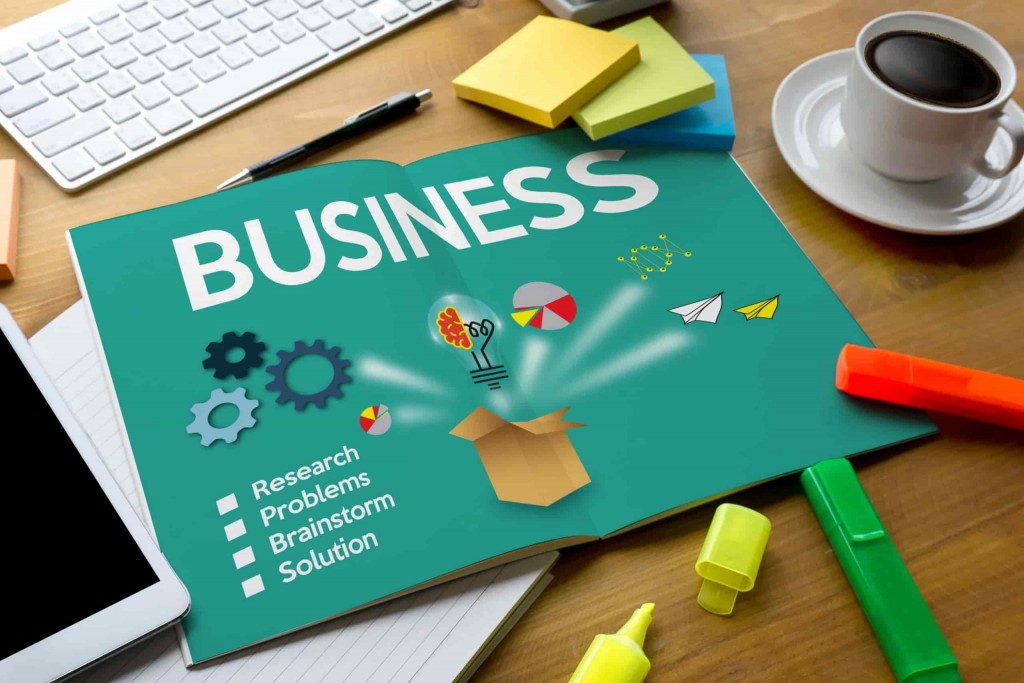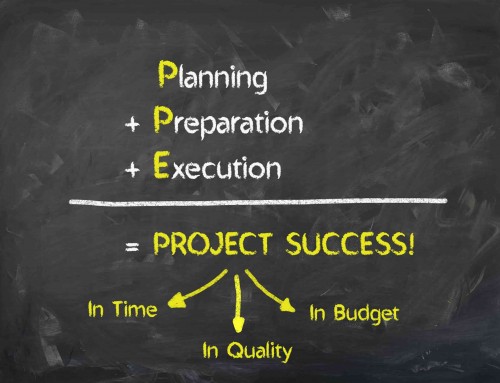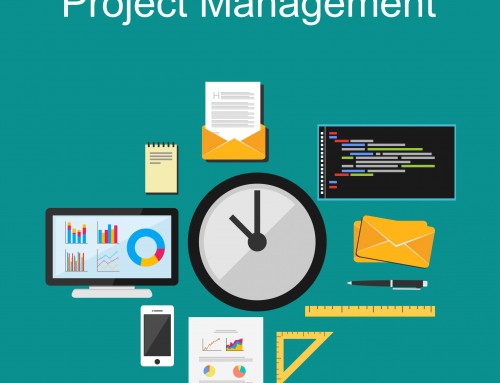Implementing MYOB Acumatica (formerly MYOB Advanced) – setting clear goals for business improvement

- One, true source of information
- Scalability
- Advanced analytics and business intelligence
- Automation
- Fewer workarounds – more standard functionality
As you investigate possible ERP solutions to cater to your business requirements, remember why you are implementing MYOB Acumatica – to gain real business outcomes and benefits. ERP solutions like MYOB Acumatica work across almost every part of your business:
- Finance
- Inventory
- Customer relationship management
- Purchasing and purchase planning
- Sales and accounts receivable
- Manufacturing
- Field services
- Projects
Since there are multiple MYOB Acumatica “touch points” across your business you will want to make sure that you have carefully evaluated your functional requirements in each section of the business. SME’s (Subject Matter Experts) from each division within the business should be given a voice at the table to describe their functional requirements.
Let’s consider three very different examples of goal setting and business benefit:
Example 1: a finance manager might describe a process whereby the business wants to move to divisional reporting by profit centre and the allocation of revenue and expenses by the profit centre. The goal will be to provide a divisional manager with a profit and loss for their business unit. This information will be used by the general manager for better decision-making within the business unit.
The goal:
- Timely reporting by profit centre
- Automation of expense allocation to the profit centre
- P&L made available to the general manager
The business benefits:
- Access to timely information for better decision making resulting in a “better run” business
- Improved teamwork as the general manager has access to relevant information
Example 2: Accounts payable automation – when implementing MYOB Acumatica you might want to implement accounts payable automation / OCR (solutions like Expense Manager for MYOB Acumatica) to automatically scan accounts payable invoices into MYOB Acumatica and then apply for workflow approvals.
The goal:
- Automate the process of AP invoice capture
- Create meaningful approval procedures
- Create an automated workflow
- Reduced errors
The business benefits:
- Save time by automating the capture of AP invoices. This allows finance team members to focus on more strategic, meaningful tasks.
- The timely capture of AP invoices leads to better decision-making on cash flow
- Approval procedures will reduce the risk
- The automated workflow will reduce processing times and will ensure that suppliers are paid on time – helping build better supplier relationships
Example 3: MYOB Acumatica E-commerce integration. If your business has e-commerce sites that are not integrated to ERP your team will be manually capturing information between the e-commerce site and your accounting solution. When you implement MYOB Acumatica you can integrate your e-commerce site to MYOB Acumatica. This allows for information flow between MYOB Acumatica and the e-commerce site – customer orders, inventory availability, payments and more.
The goal:
- Automate information flow between e-commerce and MYOB Acumatica
- Reduce the need for manual data capture
- Eliminate errors
The business benefits:
- Save time – automation of information flow saves users time so that users can focus on more strategic tasks
- Provide better customer service – by making information (for example inventory levels) available at the click of a button
- Improve cash flow and customer service by providing quicker order-to-shipping cycles
- Improve customer service by ensuring accurate shipping so that goods arrive on time and are delivered in full
When selecting MYOB Acumatica as your ERP solution you will focus a lot of attention on functional requirements. These functional requirements are evaluated during the demonstration process and requirements analysis phase when evaluating ERP solutions. Take those evaluations to the next level by considering goals and business benefits for each of the major functional requirements. The required steps to achieve this include:
- Involve your subject matter experts – what improvements can be made in each of their business units / functional areas?
- Provide a framework for each functional area of the business to be able to suggest a business improvement
- Describe goals, business outcomes and return on investment preferred outcomes
- Involve your MYOB Acumatica reseller/implementation partner in the process
- Manage the MYOB Acumatica implementation team to these business outcomes and goals
- Report back to the business on the results
The team at Leverage Technologies specialises in helping small to medium-sized Australian businesses achieve business benefits from implementing MYOB Acumatica (formerly MYOB Advanced). Please feel free to contact us today on 1300 045 046 to discuss how we can help your business grow.







Leave A Comment